There’s no problem at all with not understanding something, and I’d go so far as to say it’s virtuous to seek understanding. I’m talking about a certain phenomenon that is overrepresented in STEM discussions, of untrained people (who’ve probably took some internet IQ test) thinking they can hash out the subject as a function of raw brainpower. The ceiling for “natural talent” alone is actually incredibly low in any technical subject.
There’s nothing wrong with meming on a subject you’re not familiar with, in fact it’s often really funny. It’s the armchair experts in the thread trying to “umm actually…” the memer when their “experience” is a YouTube video at best.
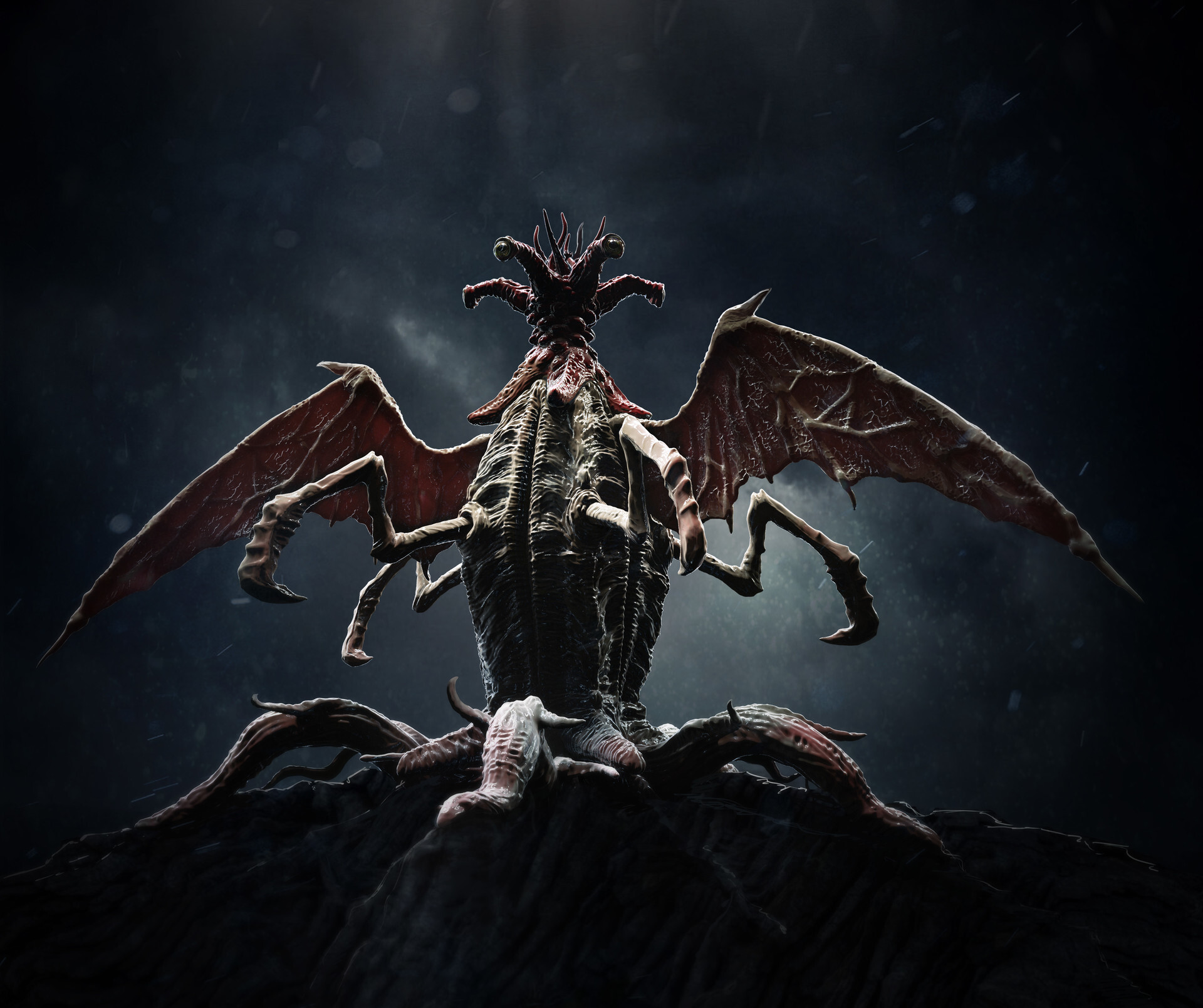


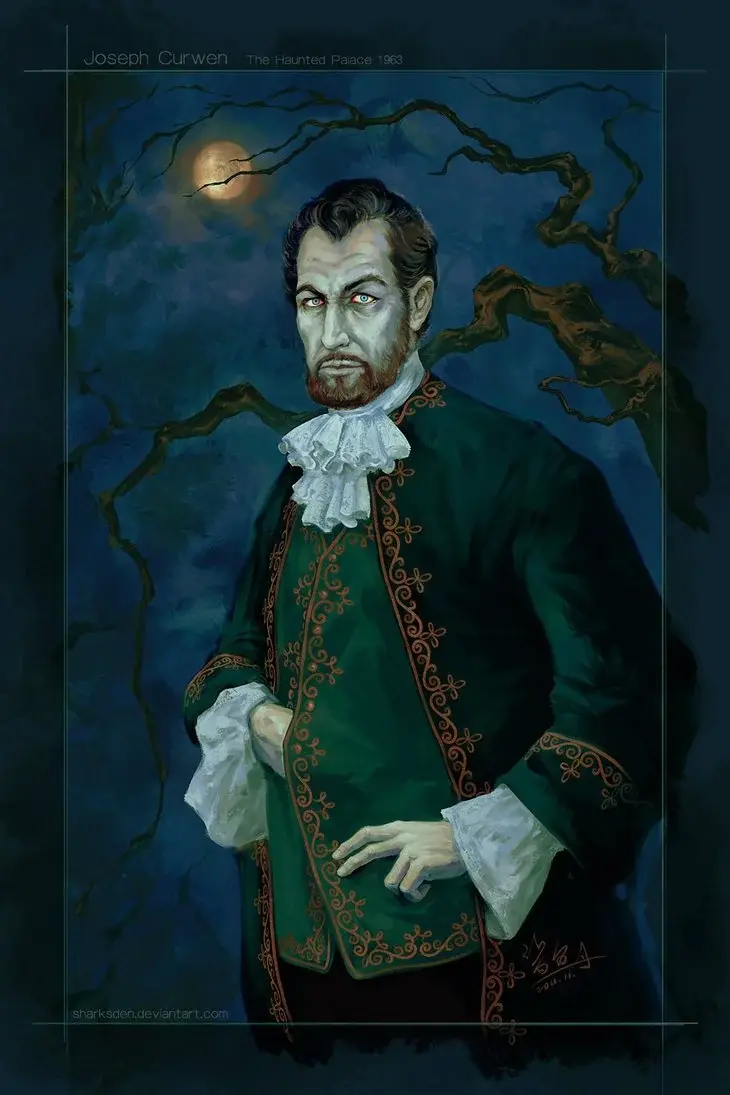

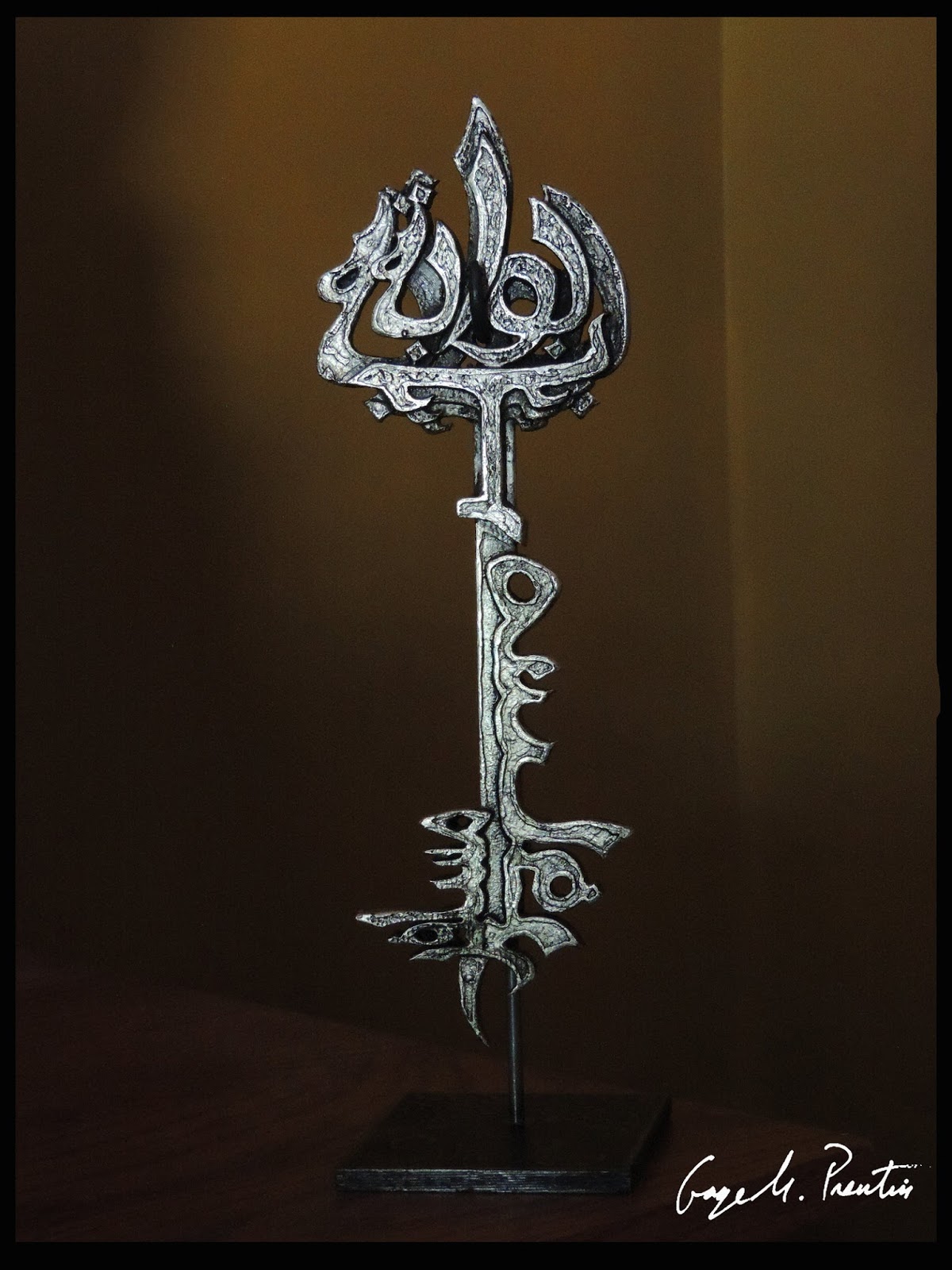

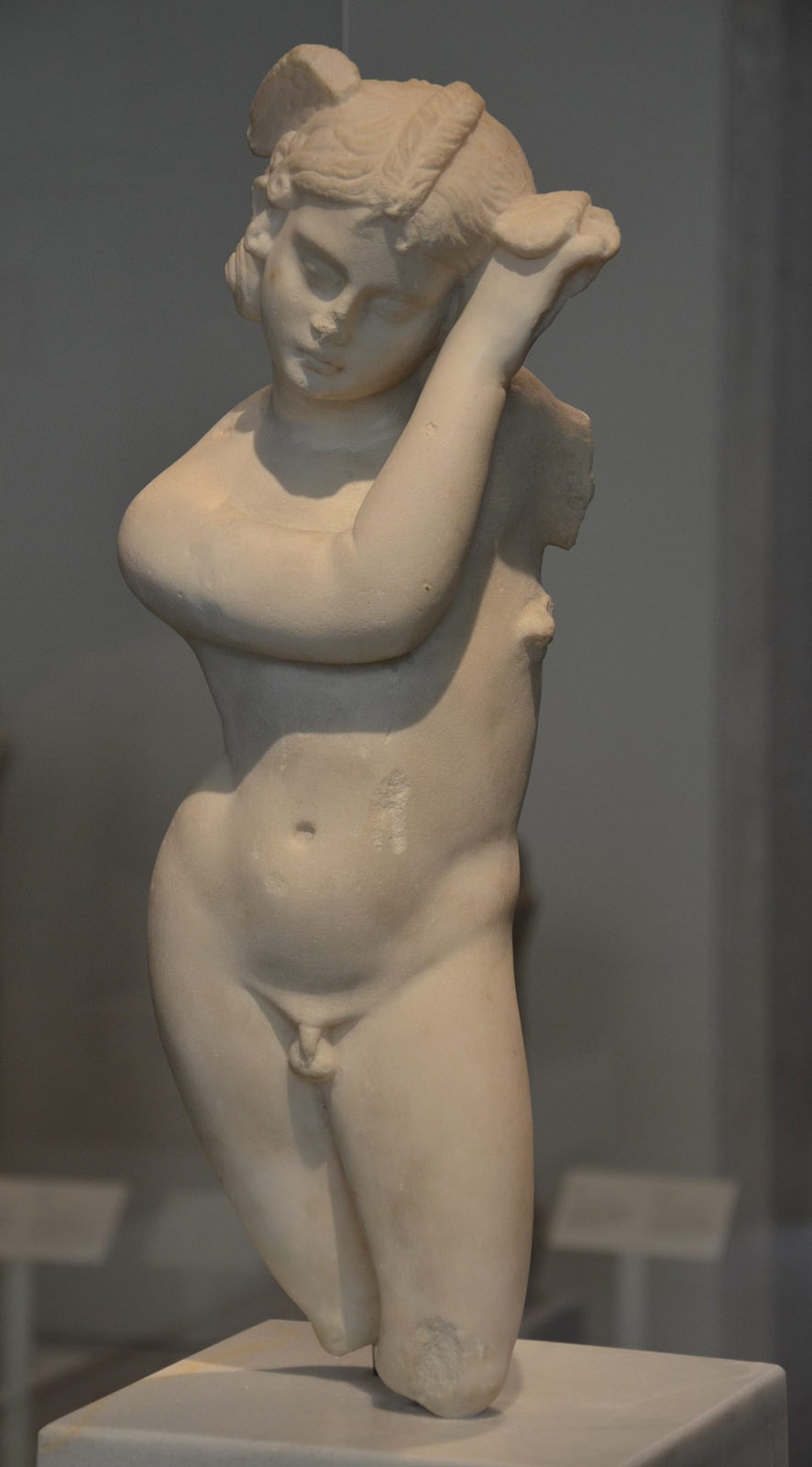

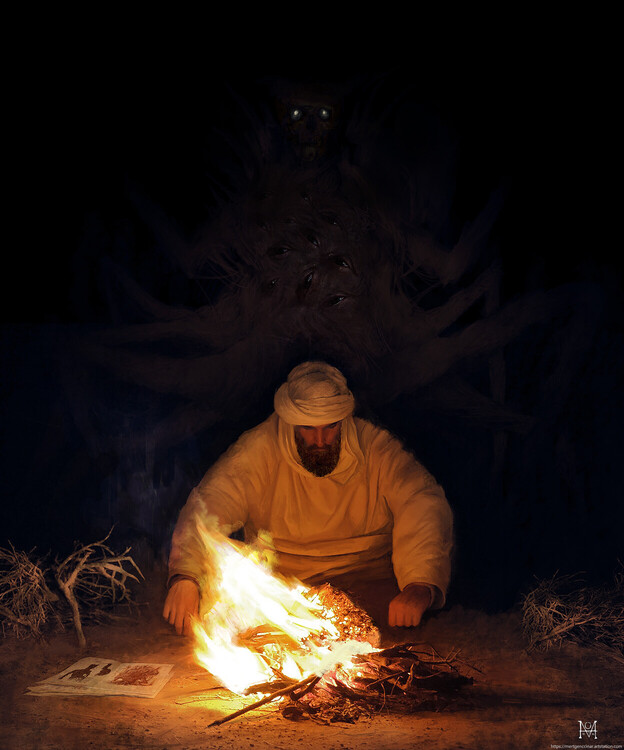
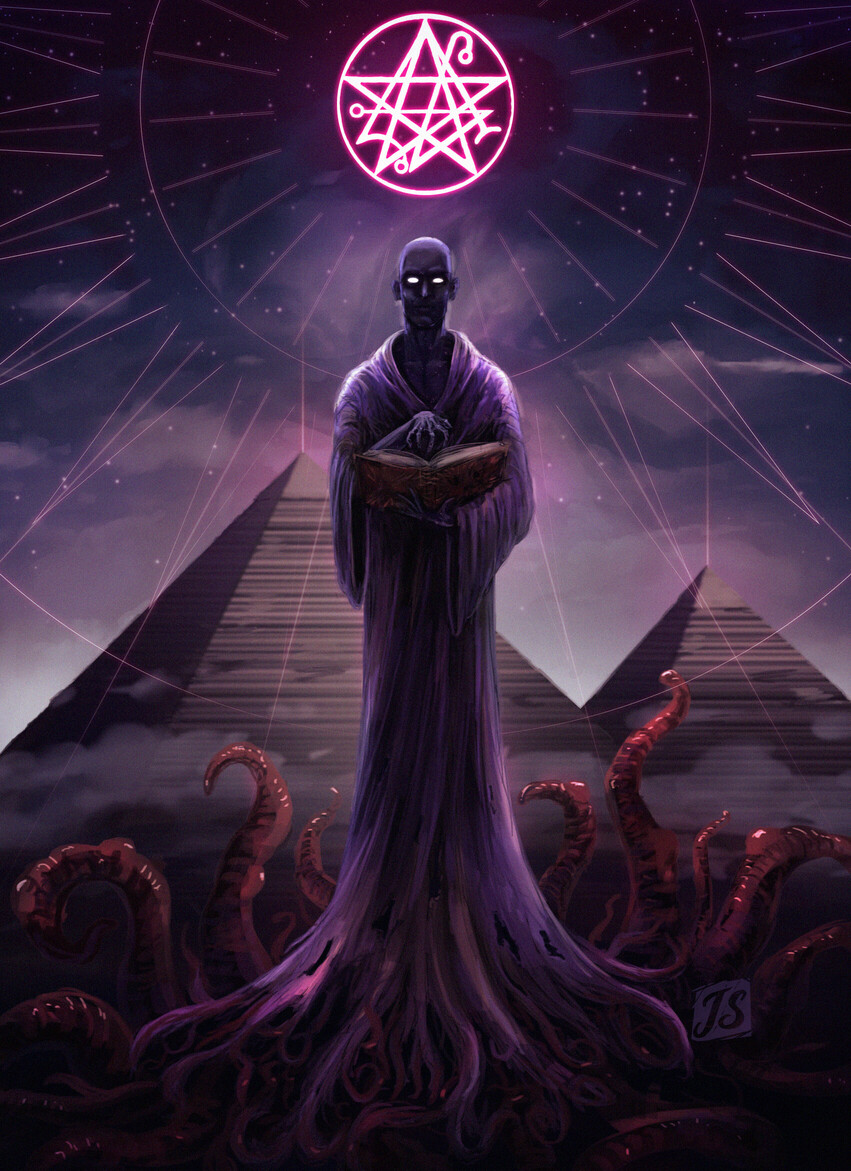
Jarl Balgruuf energy.